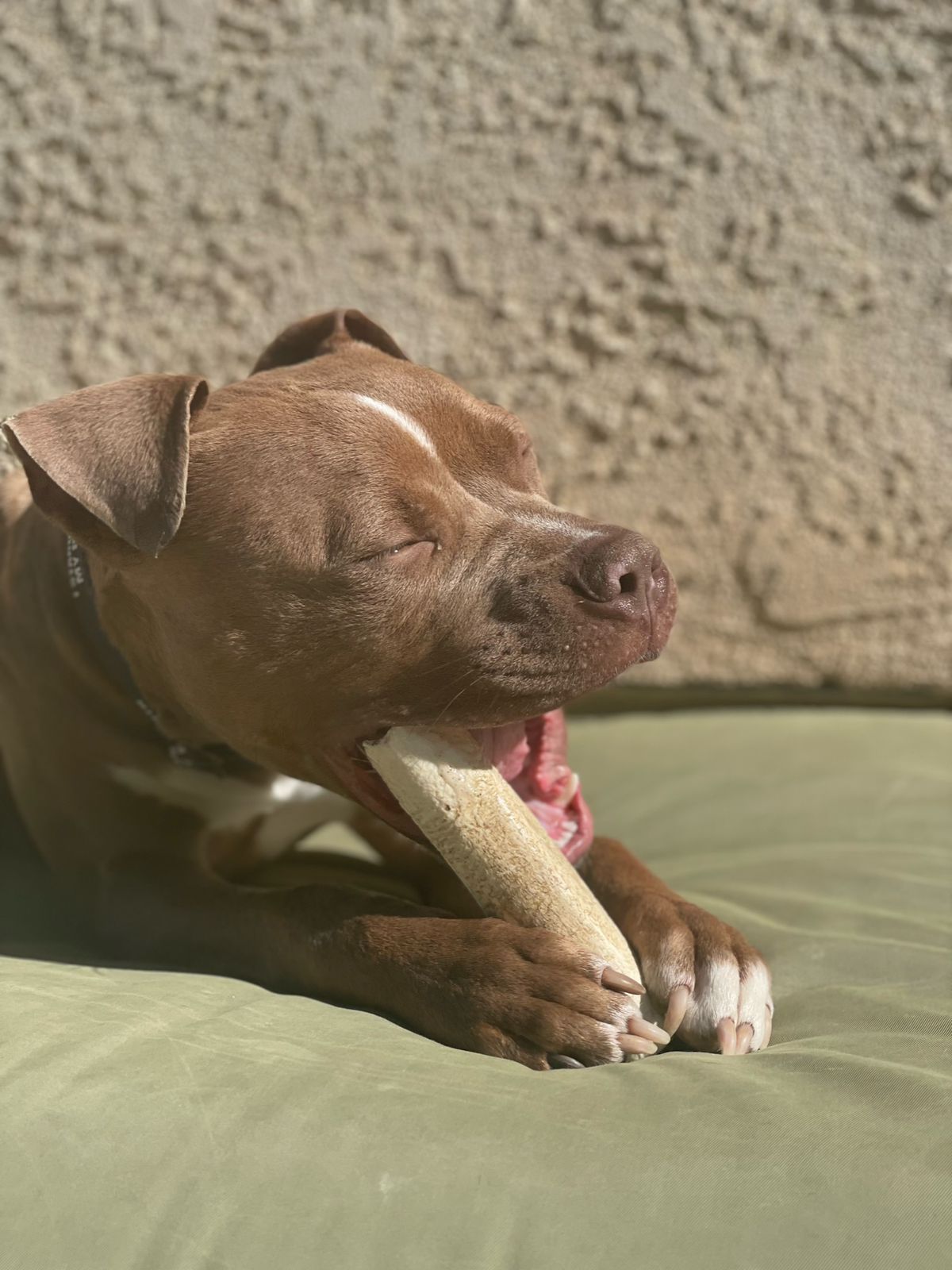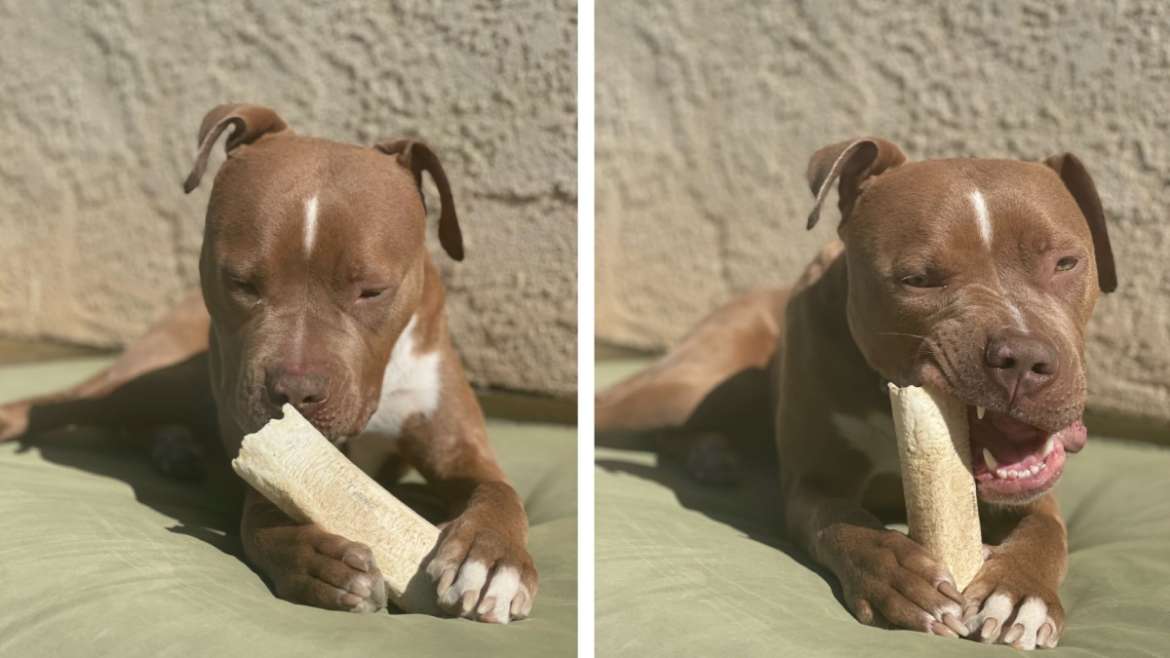When humans started domesticating dogs, we noticed that these incredible creatures were extremely versatile and wonderful co-workers for a myriad of jobs. They can help with hunting, herding, protection, tracing and capturing fugitives, helping the blind to navigate the world… I could go on. It is clear that dogs are remarkable intelligent beings, but more importantly, they have an innate ability to figure out what the human need or wants them to do. So much so that through out the centuries they have been bred and changed in order to better serve their human companions. These “working” dogs were selected primarily to enhance a feature that would be best suited for certain tasks. Pointers will literally point when they smell prey. Border Collies will tune in to whatever sound the human is making in order to better herd their flock. Great Pyrenese will blend with their herd in order to best protect them. It is no wonder then, that dogs that are solely “required” to be a pet (meaning their job is literally to stay still so the human will pet them) start developing quirks. Think about a mind being wasted – that’s the majority of today’s pet dogs. The reason the dog training industry has exploded in recent years is because dog ownership (but not necessarily dog wisdom) has multiplied. When we welcome beings into our lives but are unable to fulfill their mental needs, issues are more likely to pop up. I am not saying that all dogs need to be police dogs or have a herd to protect. I am also not suggesting that we all take our dogs to learn how to guide the blind. The answer is easier and very straight forward; finding ways to enrich our pup’s existence by providing them with mental exercises. Enrichment that will fulfill their needs while also creating a deeper bond between us.
All living creatures on Earth have to work for their food. We do it. Ants do it. All mammals have to do it. Even tress have to bare the elements in order to reach the best rays of sunlight. Our pet dogs? Not so much. They live a life that is, in many ways, unnatural. Many humans believe that because they are providing their pet with food and shelter, they have done all they need to do and now should just relax and receive the rewards of dog ownership. That, in many ways, works for the humans, but not necessarily for the dog. Dogs are animals, they are programmed (by genetics) to be dogs. They need to work. Finding food and shelter takes mental and physical work. They evolved to do just that. You can fight biology, but don’t be surprised when you end up in the loosing end. To own a dog is to be responsible for their overall well being. Not simply providing food and water. Finding ways to mentally stimulate them will only enrich their (and our) lives.

The great news is, in order to do mental exercises with dogs, one does not need a lot space or time. What one does need is commitment, patience and practice. Teaching your dog something new is not easy. But ask yourself, how was it for you when you started learning new? With that mind set, and with an open mind, here are a few exercises that you can do in order to enrich your pup’s life and create a more balanced dogs while you are at it.
1. Looking to the human for direction: If your dog sleeps in a crate, open the door but do not allow them to come out. The idea is to have them respect open doors and work on self control. They should be invited out and should come out calmly. If they try to come out, simply close the crate door. We want to encourage calmness in all things, therefore we will wait until the mind is not longer fighting to come out. Once your dog is relaxed invite them out. If they bolt out then you know they didn’t achieve calmness. Repeat the exercise as many times as you can in order to get the dog to calmly walk out the crate.
Do the same exercise with any threshold that you want; bedroom door, bathroom door, yard door, front door, etc.
You can also do the same exercise with your dog on their bed, when you make your coffee in the morning, or while working in your computer. The dog should not leave the bed until totally calm. You can always put a leash on your dog to make it easier for you.
2. Working with food: Food is primal. Therefore the majority of dogs will try to figure out a way to get to it, that is a very powerful tool that the dogs will want to work for. Have them on their bed while you are prepping their food. Place the food about 5 feet away from them and have them completely relax before you invite them to eat. For dogs that are extremely food motivated this might take a while. So if your dog is taking a long time to relax, practice not necessarily at feeding time, but with treats.
Always, always demand space when handling food. That is also something that is primal to dogs. They do that amongst each other.
3. Staying on a bed with distractions around: Can your dog be on a bed and ignore toys if you put them right beside them? If not, start there. Practice the same way you would with food. Put their favorite toy just out of reach and ask them to lie down. The job becomes the dog overriding their instinct to go for the toy and respecting the boundary you have set.
Once your dog has it down, start throwing the toy and still ask them to stay put. This is working on tempering their prey drive. There are times to get excited about toys and there are times to just relax by the toys. Teach your dog the difference. You can always start by having your dog on the bed with a leash on. You don’t have to throw the toy far. Maybe bounce a ball right by them and ask them to ignore it.
4. Scent work: One of the most powerful ways to exercise your dog is rewarding them for using their nose. With your dog on a bed put a favorite toy about ten feet away from them and don’t let them get it. Have them reach a calm state (not staring at the toy, whining or fighting to get out of the bed) walk back to the bed and tell them to get the toy. In the beginning the dog might be a little lost (that is the reason for close proximity) but once they are close to the toy tell them to get it again. When they get it, praise them. Let them play a little with it (1 to 2 minutes) and then send them back to the bed. Repeat this exercise slowly “hiding” the toy, in harder areas. This “reminds” your dog to use their nose to find what ever it is they want while also tempering their excitement when they actually have a toy.
5. Master the walk: This one is just an extra, since you will need space in order to achieve the “perfect walk”. Dogs form packs by traveling together. This is not the stop and smell everything type of walk. This is the “we are in travel mode” walk. The type of walk that pack animals do when they are migrating. The crucial difference is that the walk is the most important thing happening. The pack moving as a unit. That means the human is leading – hence why dog trainers ask the dog be either beside or behind the human. The dogs should be in a follower state. We are clearly leading the way since we (the human) knows where we are going. It is not necessarily a fast walk, but it is a walk done as one. A traveling unit. That is what is going to fulfill and ultimately tire your dog. The reason most owners say their dog is not tired after a walk is that they are allowing the dog to go into scouting mode. The dog is either hunting (hence the building of excitement) or marking territory (same outcome).
When it comes to finding mental exercises to enhance you dog’s existence and create a deeper bond between handler and pup, it does not matter so much how long you do it. The state of mind your dog is while you do it is the crucial part. A working mode dog is in sync with the handler. They are focused. I usually recommend a minimum of an hour a day (split in any variation of time that suits one’s life) in order to achieve a minimum of fulfillment in a dog’s life. So have at it. Mix and match any way you like. But it is important to nail step number one before we go asking for steps 2, 3 and four. This building of the relationship is what dog ownership is all about. Setting a goal for you and your dog and working until you achieve it. The rewards are extensive. The dog is getting a primal part of them fulfilled, while spending quality time with their favorite being in the world. If you take time to enrich your dog’s life with mental stimulation, chances are, you will end up spending much less in training. It’s a win – win.



